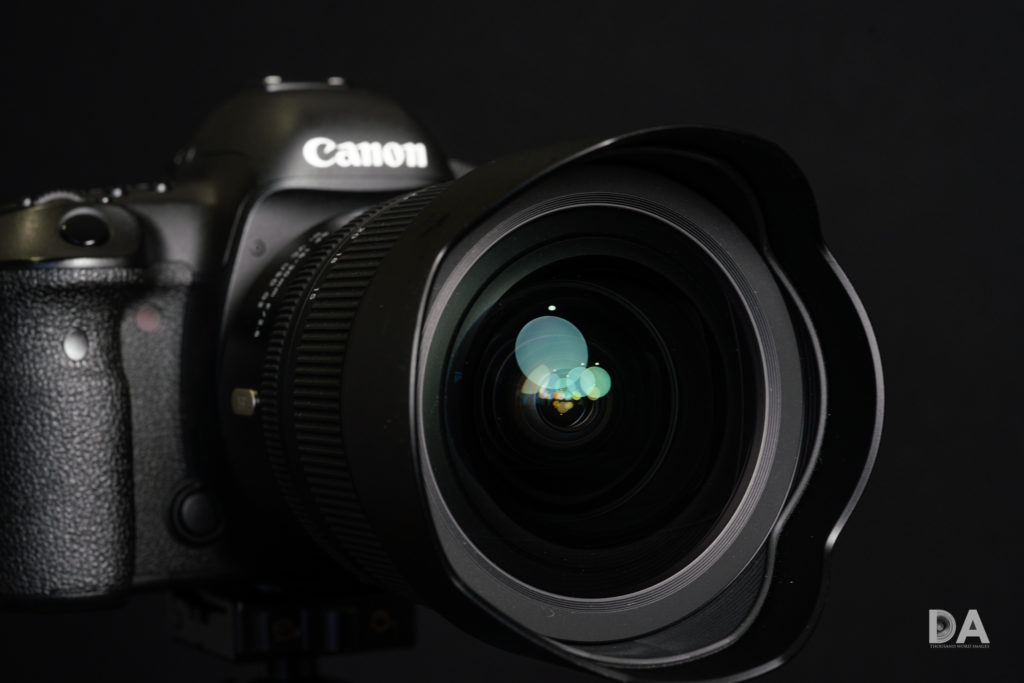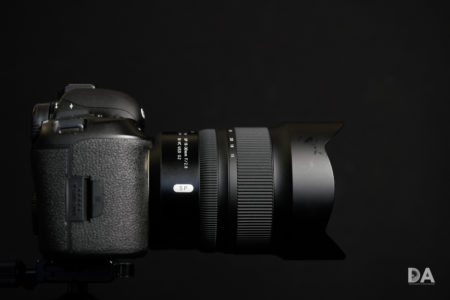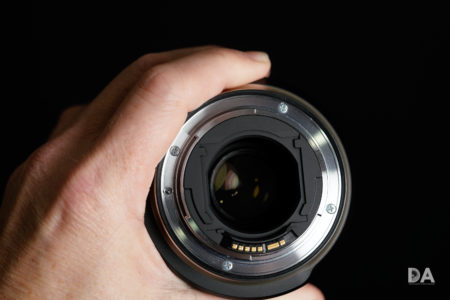When Tamron introduced the SP 15-30mm F2.8 Di VC USD (A012) wide angle zoom lens in early 2015, many photographers, including myself, considered it to be Tamron’s best lens of that generation. Soon after Tamron began to release several exceptional lenses, including the SP primes and the G2 (second generation) zooms. Both the SP Primes and the G2 zoom lenses received Tamron’s new premium grade build, which employs lightweight metal alloys instead of engineered plastics along with more advanced weather sealing. The new Tamron SP 15-30mm F2.8 Di VC USD G2 (A041) receives these upgrades and allows Tamron to standardize their “trinity” of pro-grade F2.8 zoom lenses. In addition, the A041 lens is compatible with Tamron’s Tap-in Console, an inexpensive USB device that will allow users to update their lenses to the latest firmware as well as being able to tweak autofocus and settings to get the most out of their lenses.
One of the most significant improvements of Tamron’s renaissance is the new dual-processor design that dedicates one processor to autofocus and the other to Vibration Compensation (VC) performance. The net benefit seems to be more torque for autofocus (better speed) along with more processing power to run focus algorithms (better focus accuracy). I’ve tested each of the G2 lenses and compared them to pro-grade Canon lenses and found that the Tamron’s could focus as quickly and accurately. That’s a significant achievement, and the idea from 5-10 years ago that third party lenses were inferior in their focus ability is largely erased in this current generation. Tamron’s USD (UltraSonic Drive) motors have continued to become more and more refined.
It is also easy to see the significant improvements to their VC performance. Each of the G2 lenses has shown smoother performance (quieter VC performance along with smoother transitions on and off). Some lenses allow you to choose different VC modes as well, and while that is not the case with the A041, you do have the ability to customize the VC performance in three different modes via the Tap–in Console. Mode 1 is the standard balanced profile that attempts to stabilize both the viewfinder and the resulting image. Mode 2 emphasizes viewfinder stability and is the preferred mode for handheld video as it keeps vibration compensation on longer. Mode 3 does little to stabilize the viewfinder but focuses all the processing power on stabilizing the image at capture. Typically, Mode 3 delivers the highest rating of “stops” of compensation. The 15-30 G2 is the highest rated wide angle zoom stabilizer by CIPA (Camera & Imaging Products Association of Japan) at a very impressive 4.5 stops (the A012 sported only a 2.5 stop rating by comparison). What’s more is that the newly refined VC systems give you stability without any kind of negative impact to image quality, which means that real world image quality (handheld) is improved.
While I find that there is a practical limit to how low of shutter speeds I can successfully handhold, I was able to get several useful images at incredibly low shutter speeds from 1/6th second to even a 2 second image in a nearly dark room. While there can be some creative uses for low handheld shutter speeds, what is more practically important is that I was able to get smooth video handheld video footage (particularly when standing still or moving very slowly).
While the improvements to build quality, autofocus, and VC are significant, the improvement to image quality is milder but still welcome. Tamron has leveraged the existing optical formulas of their top pro zoom lenses while improving them through optimizations and better coatings. The biggest image quality improvement I found is that the edges and corners of the frame are stronger when I compare the A012 and the new A041 G2 lens. The A012 had very strong center sharpness and contrast, but the corners lagged somewhat. The A041 delivers a more even performance with stronger edge performance. I compared it to several competing options and found that the 15-30mm G2 lens is now one of the best landscape lenses due to the corner improvement.
There is a moderate amount of barrel distortion at 15mm, but fortunately it is very linear in nature and corrects well by applying the standard profile corrections in your editing software of choice.
Better coatings help deliver slight improvements to both light transmission (particularly at f/2.8) and flare resistance. The lens is still somewhat susceptible to flare from bright light sources like the sun coming at a side angle to the lens, but the flare patterns are softer and less obvious.
The A041 will be one of the best options available to those that like to shoot the stars. It has lower levels of vignette than competing lenses, a great zoom range, and very low levels of coma distortion. The A012 has been my primary choice for shooting astrophotography for the past three years, and the A041 is even better.
Perhaps the single biggest challenge for the Tamron SP 15-30mm F2.8 VC USD G2 (A041) lens is that there isn’t anything particularly wrong with the lens that it replaces, so some existing A012 users may feel little motivation to upgrade. But there are some real advantages to the A041, from the build, weather sealing, and Tap In compatibility to improvements to the autofocus and Vibration Compensation systems. The image quality improvement, while mild, helps make the lens even more competitive.
There are many strong wide-angle options on the market, though several compete at higher price points than the A041. If you want both F2.8 and stabilization in a wide-angle lens, however, the Tamron 15-30mm F2.8 is the best option available and the G2 version is the best version of the lens.
About the Author
Dustin Abbott is a full time pastor/part time photographer from Pembroke, Ontario who shoots professionally but primarily for capturing beauty and sharing it with others. www.dustinabbott.net




















great information, well done.